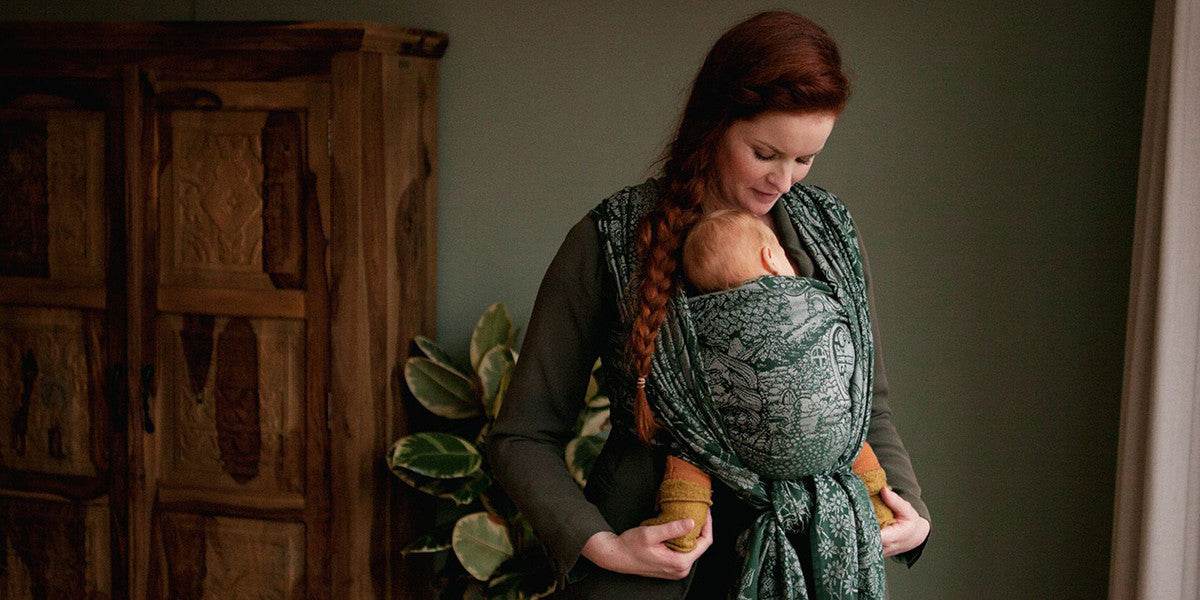
Are Baby Carriers Safe?
Are Baby Carriers Safe?
Parents can feel worried about using any type of baby equipment and may wonder if baby carriers are safe. Baby carriers and slings are safe to use for newborns and older babies as long as you can answer yes to the following:
- Was my baby carrier well made and safety tested?
- Does my sling allow me to carry my little one in a safe, optimum and well supported position?
- Am I following the instructions provided?
- Have I thought about any unique needs of my baby?
We will take a look at these questions, describe optimum positioning, and answer other commonly asked questions to help equip you with the knowledge you need to carry your baby safely. If you have any more questions or concerns we have trained sling consultants on hand so please get in touch.
Always read the full instructions that come with your baby carrier first.

Babies have been safely carried for centuries, with carrying being the preferred method for keeping young children safe for thousands of years. Using a sling to keep your little one close not only ensures that you know where they are, but provides the close contact that means that you can more easily perceive their tiny cues, notice when they're feeling hungry or unsettled and quickly respond to their needs.
Carrying your little one in a baby carrier has so many incredible benefits, as long as it's done safely.

Oscha Sling are tested to the highest standards and approved by the International Hip Dysplasia Institute and you can find full instructions for your sling here allowing you to carry safely.
Are Baby Carriers Safe for Newborns?
Yes, carrying your baby in a sling is perfectly safe when you follow the key safety points. Optimum positioning is important to using a baby carrier or sling safely. This means an upright position, where the baby's face is clearly visible and the baby is well supported. Experienced Sling Consultant and UK GP, Dr Rosie Knowles says
"A good sling should mimic the natural, in-arms upright position for carrying babies, ensuring the caregiver can see and sense the baby at all times, and thus able to be quickly aware of and rapidly responsive to any changes"
We'll take a look at what this position is as well as the key safety points. We'll also give you tips so that you can be confident and reassured that you're safely carrying your newborn baby.
How to carry your baby safely in a baby carrier
Whatever type of sling or carrier you use to carry your baby, always check these guidelines:
Use an upright position in a baby carrier for safety
When carrying, it is recommended to position your baby upright in the carrier. Your little one's head should sit just under your chin so that you can easily observe and monitor them constantly. In this position, you can not only see them breathing, but can also experience that wonderful sensation of their chest rising and falling against yours.

Having your baby's hands up by their face helps to prevent them leaning down, and is also something that they love - great for detecting those early feeding cues.
Avoid using a cradle, or sideways lying position in a baby carrier as it is easy for your baby's face to be covered in fabric, which is unsafe. Babies can also curl into a ball in this position, this is dangerous for newborn infants whose airways can be compressed in this position.
Baby should have clear airways in a baby carrier for safety

Babies are delicate and need support to ensure they're in an optimum position with clear airways and airflow. Newborns in particular lack the necessary strength to hold their head upright, and unless they are sufficiently supported risk folding their chin onto their chest, which carries the risk of asphyxiation, as is the case with any device you may seat your baby in, such as a car seat or bouncy chair.
No fabric should cover baby's face in a baby sling
Woven wraps and Ring Slings are incredible at supporting newborns, because every millimetre can be adjusted to perfectly fit you and your little one. All baby carriers need to be secured so that you both feel snug, ensuring that all 'slack' (loose, or un-tightened fabric) is removed, which in turn helps to prevent your little one from slumping down or dipping their chin onto their chest and instead helps to maintain those clear airways we talked about above.
With a wrap or a ring sling, we can ensure that the airways are clear and that no fabric covers their face by making sure that any excess fabric is gathered under their bottom, and with a carrier we can do this by folding the waistband to reduce the panel height for younger babies, as Hannah shows here in this video:
A good tip to see if your carry is nice and snug, is to momentarily support your baby's head with your hand, and gently lean forward just slightly. Your little one's torso should not pull away from yours at all - if it does, it needs to be tightened a little more. We always suggest to tighten a little at a time so we don't over tighten the carry, as we still want to maintain that gentle curve, or 'J shape' that these images by Dr Rosie Knowles show so well:

Images by Dr Rosie Knowles of Carrying Matters
This little tip works for carriers too, though they adjust differently to our wraps and ring slings.
How can I support my baby's head in a baby carrier or sling?
This is a commonly asked question when we talk about keeping the face free of fabric, and comes with a rather strange answer, as we first look to the position of their bottom!
A deep seated squat position with a pelvic tuck is not only wonderful for their comfort and hip development, but also ensures that they are seated in a stable position and that their head naturally rests on you.
In addition to this, we also make sure that the sling is tightened well, providing the upper back and neck support that in turn helps maintain that upright posture we're looking for.
We always recommend that fabric goes no higher than the nape of their neck to ensure your baby can freely move their head and their face is not being pressed into your chest or fabric, and they have clear airflow around their face.
Therefore, if you're feeling that your baby needs a little extra head support, we'd first suggest checking that they have a lovely deep seated squat position, and that the sling is nice and snug around them so that they are well supported.
How to get an ergonomic seat in a baby wrap carrier?


You can see in the image above the wrap carrier is taught around the upper back.
A deep seated squat position ensures that they are seated in a stable position. Their head naturally rests on you, just under your chin. Airways are open and clear.
Now that we know how important it is to keep their airways clear, we can learn how to create a carry that is snug and supportive to maintain that safe upright position, with a lovely pelvic tuck, and your little one resting their head just under your chin, their hands either side of their face.
Check out our videos to see how to tighten your woven wrap or ring sling and get the right height and fit with a full buckle baby carrier
Is it Safe to Breastfeed in a Baby Carrier?
A baby sling or carrier is merely an aid when breastfeeding, it can be seen as a third hand, but you will need to support your little one and you must remain attentive to them the entire time.
To breastfeed safely in a baby carrier you must always use one hand to support baby’s head. Never use the sling fabric to support your baby’s head as they must be able to latch off and on freely - their face cannot be held, pressed against your breast.
It is always good to relax and be attentive when breastfeeding and you must constantly monitor your baby when breastfeeding in a sling or carrier.
Ensure your baby always has good airflow. This means two things - firstly that their back is supported so they cannot slump down and have their chin pressed against their chest, which can close off their airway. Secondly, it means making sure that the baby's nose is not obstructed.
When feeding, position your baby so that you are torso to torso and their head is not turned to the side, this will keep good alignment and help ensure clear airways.
Be aware of trip hazards when loosening a woven wrap or carrier with long ties - make sure you gather any fabric up and tie it off before moving around.
Importantly, when you finish nursing, immediately return your baby to the normal upright carrying position and re-tighten the sling to be hands-free again.

How to Regulate Your Baby's Temperature in a Baby Carrier
When carrying our little one we want to make sure that their temperature stays within their optimum range. Babies can't yet regulate their temperature in the same way that an adult can, so regular monitoring helps to prevent them both from getting too hot or too cold.
We always suggest avoiding bulky clothing like snowsuits, as these can lead to overheating and are also really difficult to use with a sling and get a safe and snug fit. Thin light layers that can be easily added or removed are so helpful, be aware that your body heat essentially acts as at least 1 layer of clothing. You can read our full guides on Carrying in Hot Weather and Carrying in Cold Weather for more information specific to your current climate.
Think about where your baby is and what they can reach in a baby sling
When tying your wrap, be aware of where the ends are so you don't trip over them. Be aware that your baby is adding to the space you are taking up on your front, back or hip as you are moving around.
A few of us may have been in a situation where we nearly left without paying for an item thanks to our back carrying little one reaching for something which we didn't see! All of those things you moved high up for safety, are now in reach - so we'd suggest using a sling mirror or your phone on selfie mode to keep checking in regularly and moving anything you need to, out of the way.

Which type of baby carrier is safest for a newborn?
Baby Wraps and Ring Slings are wonderful for newborns, with every inch of fabric being adjustable, allowing you to get that bespoke snug fit, which is perfect for supporting delicate newborns in their natural position. View baby wraps View ring slings
This video shows you a couple of special methods for wrapping newborns and how to ensure they are well supported with no fabric over their face:
Baby carriers are also safe for use with a newborn. Carriers will need to be adjusted in panel height and width so do check out your carrier's instructions before use and follow the safety video above for hot to adjust a baby carrier panel height for a newborn
Here's some tips on getting a good fit for a newborn baby with a full buckle carrier:
Here's how to adjust a tie strap carrier like the Oscha Cairis
Read our full article on Choosing a Sling for your Newborn
Further Reading
We've put together this leaflet, which summarises some of these safety points and has our top tips for carrying in different temperatures.
We hope this has all been helpful for you and wanted to mention the TICKS Guidance and Acronym too as we know many find it a helpful reminder of some things to look out for, and other sites we've found helpful for further reading underneath.
Do let us know if you have any further questions - we love to hear from you!

Further Reading:
https://www.carryingmatters.co.uk/snowsuits-scarves-slings-and-safety/
https://www.carryingmatters.co.uk/sling-safety-how-to-use-a-sling-safely/
Note -There is a slightly reclined or 'seated sideways' position on our labels in accordance with ATSM standards. This position still shows the face free of fabric, and a supported back, but for this position we'd recommend one to one assistance from a babywearing professional to ensure it is done correctly and safely and that the baby's chin is not resting on their chest.
All of Oscha slings are ergonomically designed, ensuring that your little one is supported in an upright, natural position that respects their anatomy, and they are crafted in a way that allows them to be adjusted to fit both a younger and an older baby and provide them with the safe carrying support that they need. The support and how that is achieved may vary depending on their age.

Best Baby Carrier For Newborns 2026
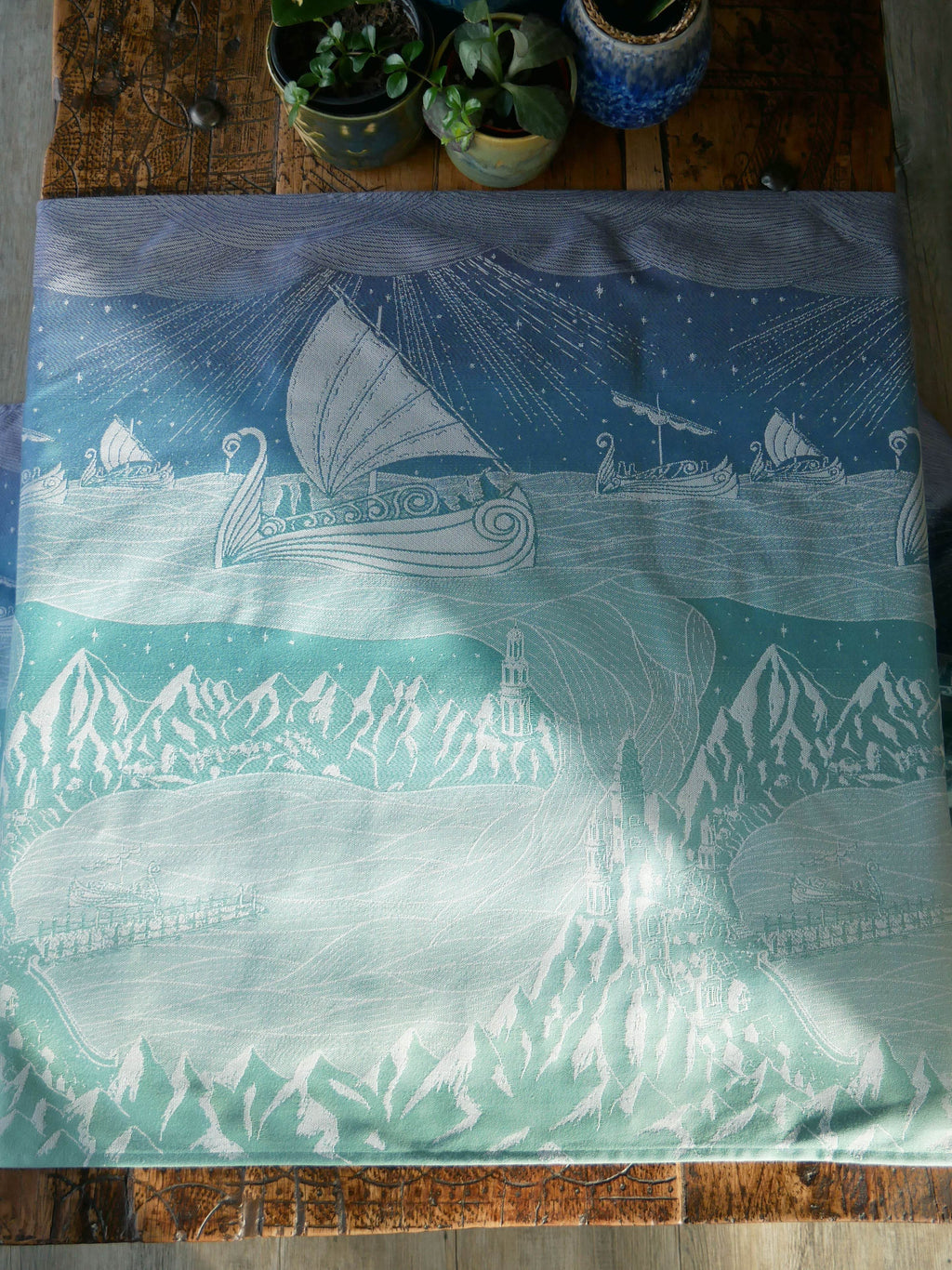
Grey Havens: Oscha Lord of the Rings Design Development
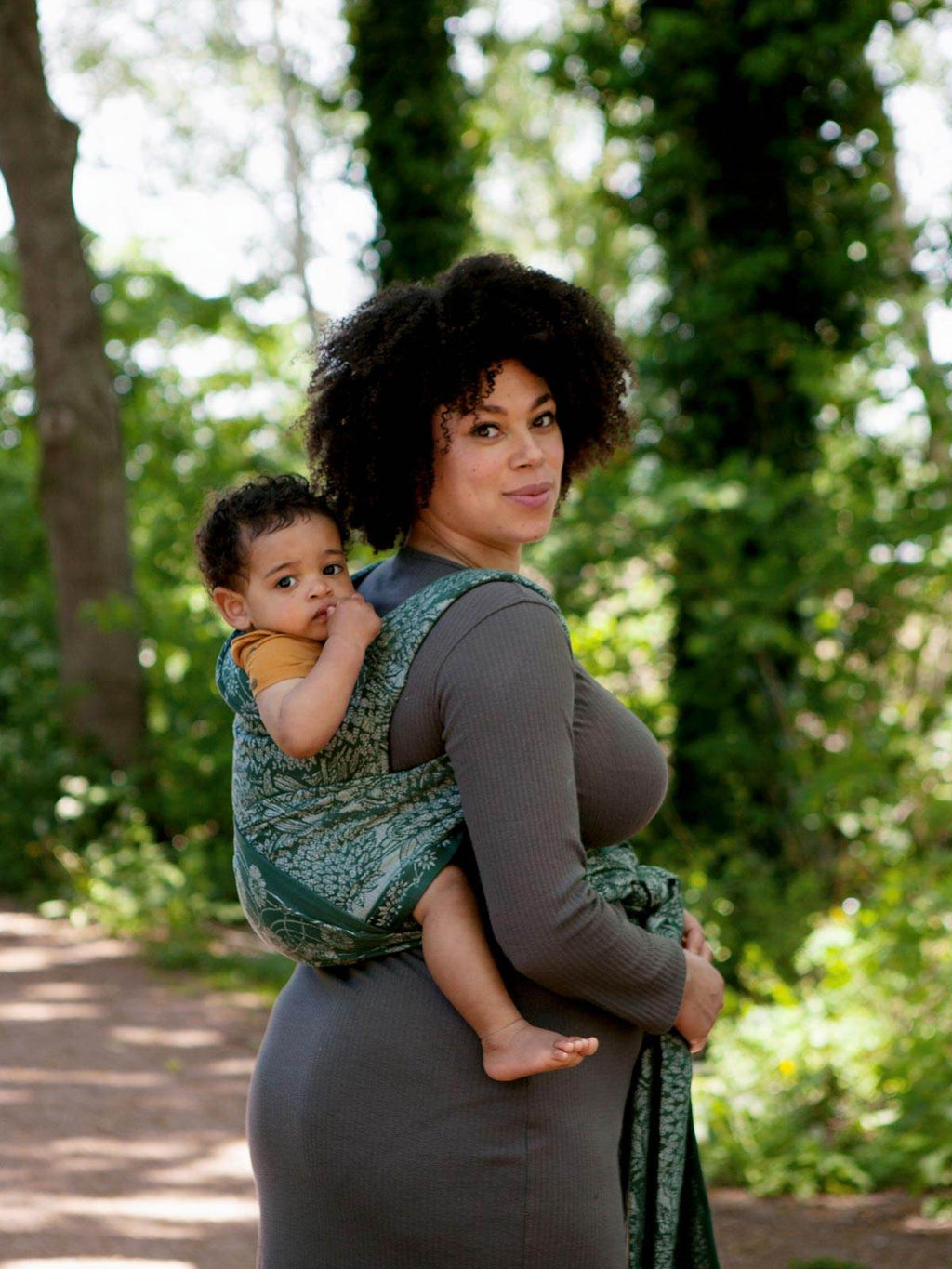
Can Baby Carriers Cause Back Pain?
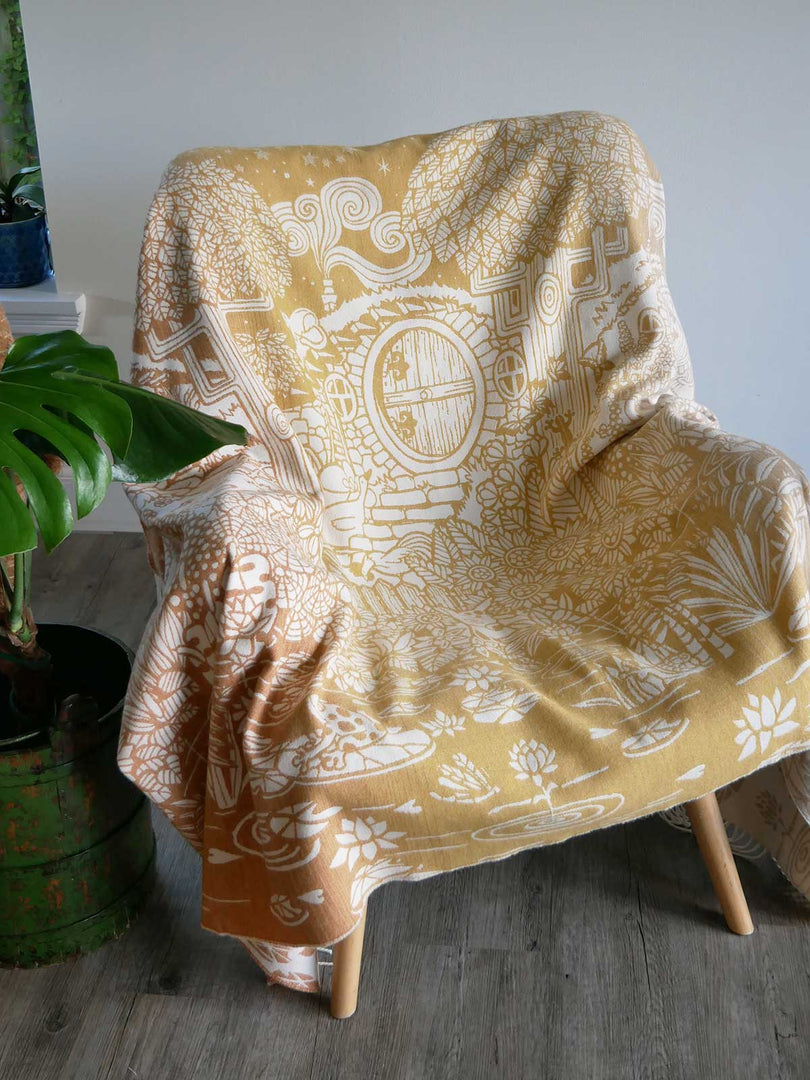

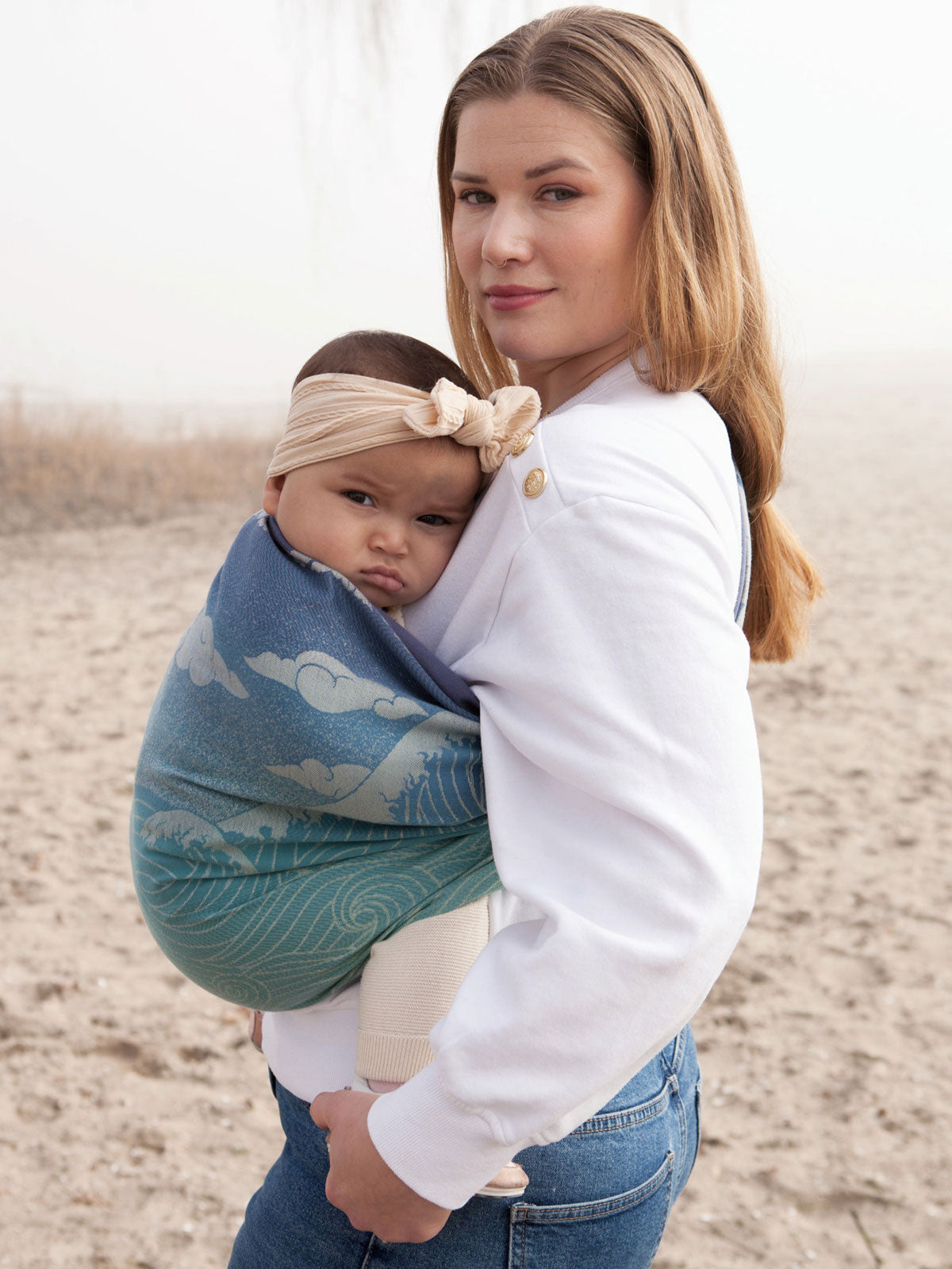
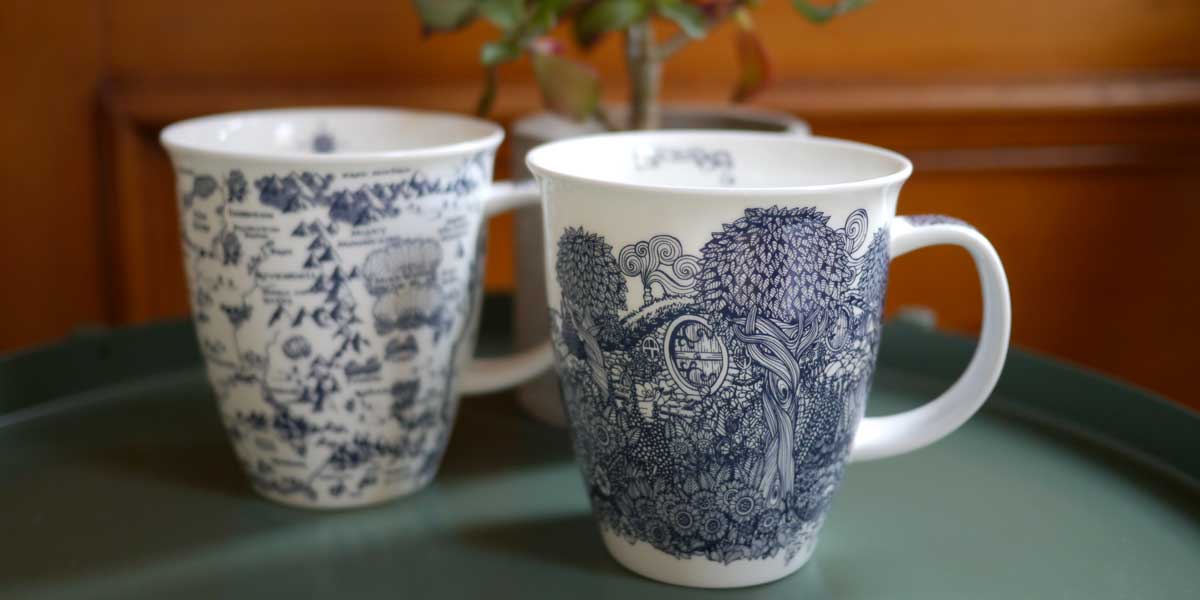
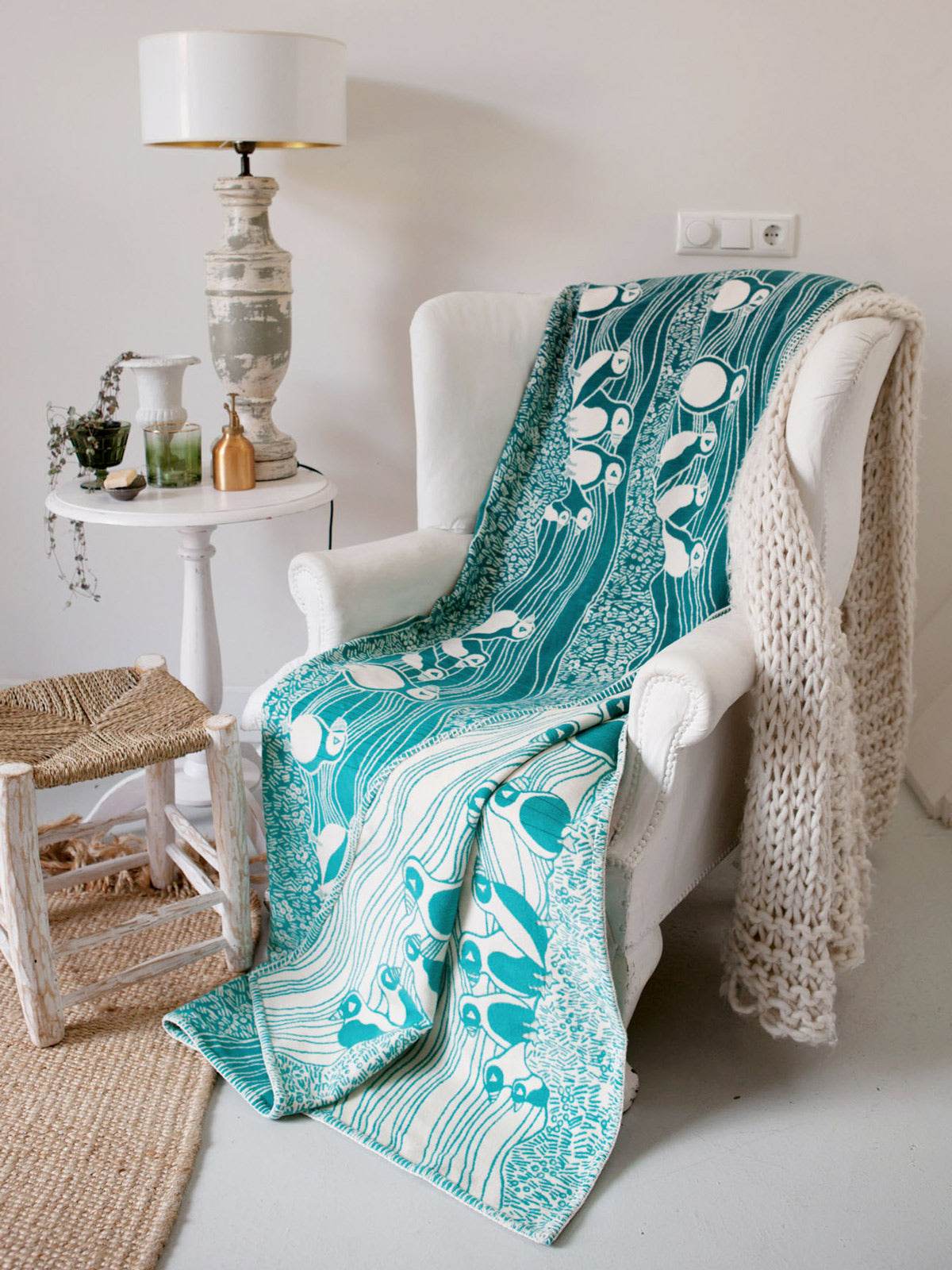
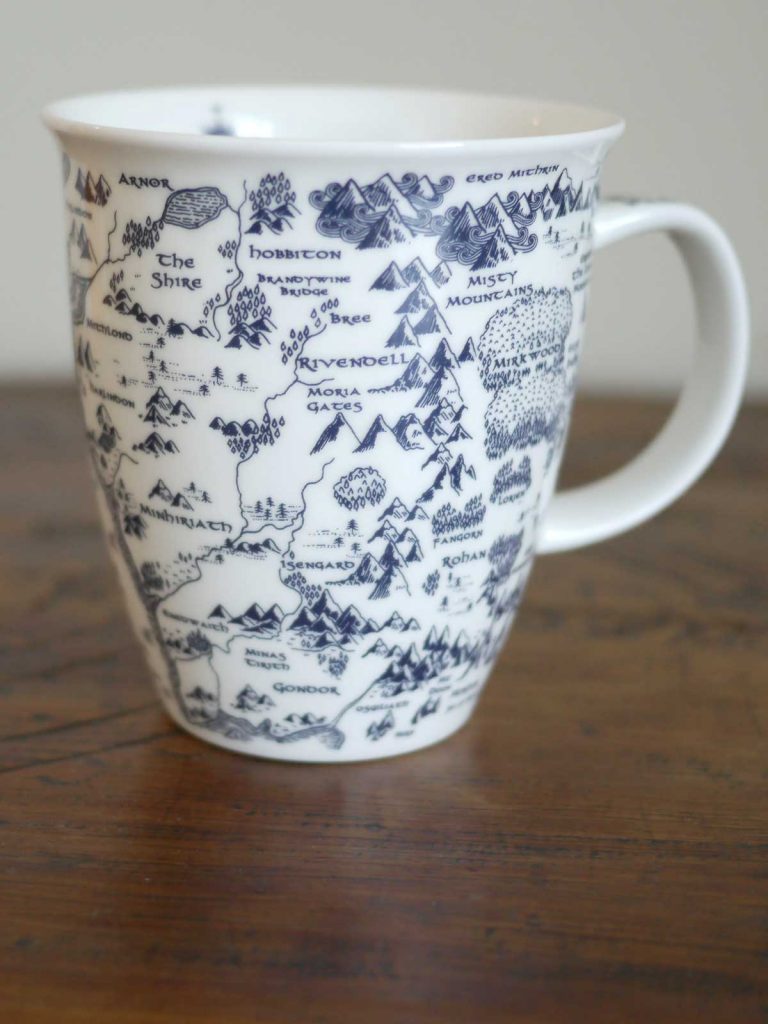
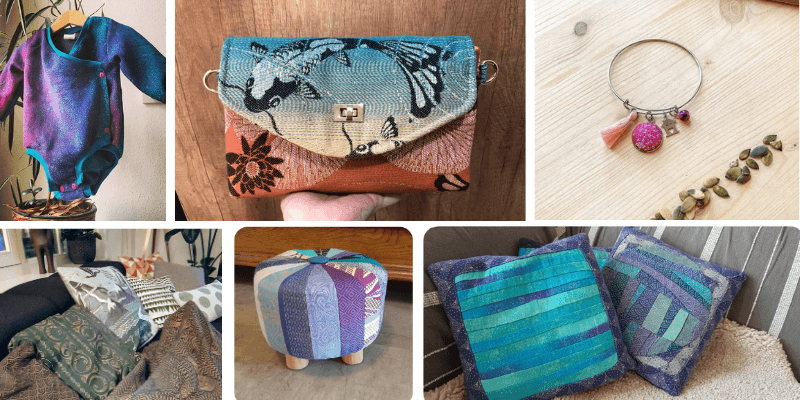
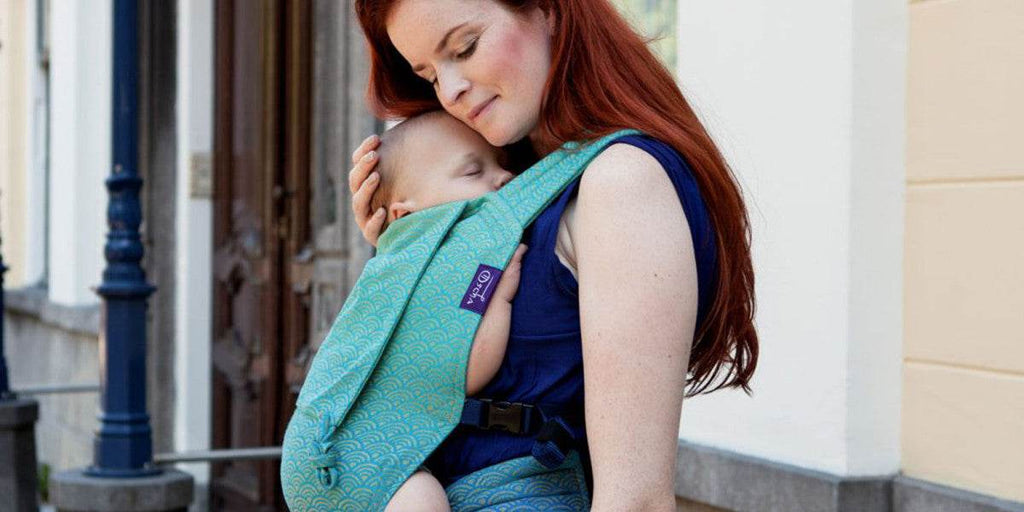
 https://oschaslings.com
https://oschaslings.com